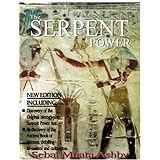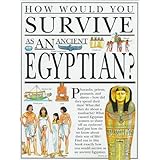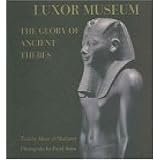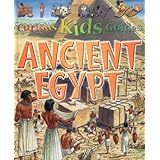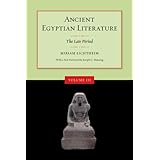
Average Reviews:

(More customer reviews)First off I want to say that I audited a course by the author of this book, and read through the book throughout the semester. It is part of the core curriculum for an M.A. in New Testament or Old Testament Exegesis at Wheaton. I am a pastor who preaches regularly. This book has impacted my entire understanding of the Old Testament in a powerful way.
The logical format of this book gives the reader a simple and effective way to slowly enter into the worldview of ancient people. The author is very good at giving readers hinge concepts to help understand the distinctions between our worldview and their worldview.
The book categorizes ancient near eastern thought into topics that are actually enjoyable to read. Each topic could easily overlap with other topics, and Dr. Walton does a great job of separating the topics without distorting them (in my opinion).
This book tackles thorny issues that separate Evangelicals from Liberals in the land of scholars, without alienating either side of the issue. Walton's premise is that we should abandon the old approaches to Ancient Near Eastern Thought and simply understand what they believed, and how it was different from or the same as Old Testament thought.
One concept that emerges as the book develops is the idea that some Israelite prophets argued for the support of the covenant with God rather than for the reinforcement of the Kings authority (as the prophets of other cultures and sometimes Israeli culture did). This sets Israeli prophets who held to the covenant with God at odds with everyone else who prophecied in Israel and around Israel. Coupled with the exclusiveness of the Jewish religion, and the people soon became alienated from those around them and sometimes from their own religion or people.
Probably the most helpful aspect of this book is his excellent approach to comparative studies without labeling certain parts of the bible as extensions of other cultures or vice versa. His approach, when properly understood, is actually what both sides of the historical divide on this topic ought to be doing. I find it not only full of wisdom, but extremely helpful in preparing sermons from the Old Testament.
A nice companion to this volume is The Bible Background Commentary of the Old Testament. I think that this book shows you how to use the Bible Background Commentaries.
One criticism that I would like to mention is that some of the charts in this book are a bit difficult for me to understand. That's an area that the next edition may have to improve on. However, there are only a few pages like that and the rest of the book is really a very very good summary and introduction to Ancient Near Eastern Thought and the Old Testament.
Some of the topics he covers include but are by no means limited to:
The Ancient View of the World.
The Ancient view of the heavens.
The Ancient view of Temples
The Ancient view of Omens and Magic.
I think he has around 13 topics in all. This book is well worth reading and if you plan to teach from the Old Testament over the years, you might want to pick up a copy for your personal library. It's packed with helpful references also.
Click Here to see more reviews about: Ancient Near Eastern Thought and the Old Testament: Introducing the Conceptual World of the Hebrew Bible







